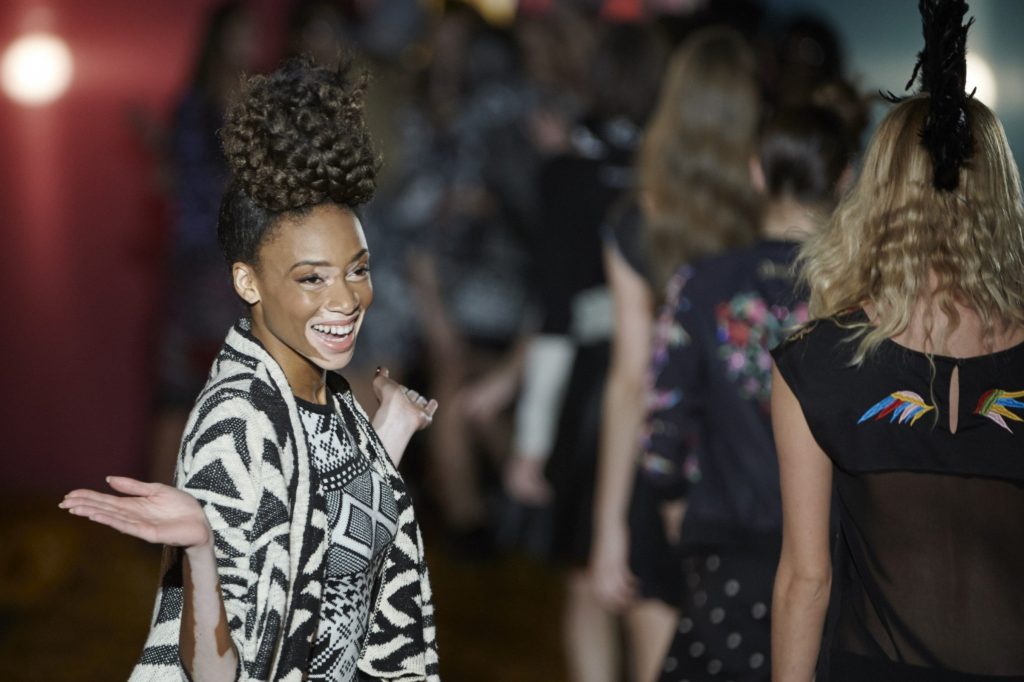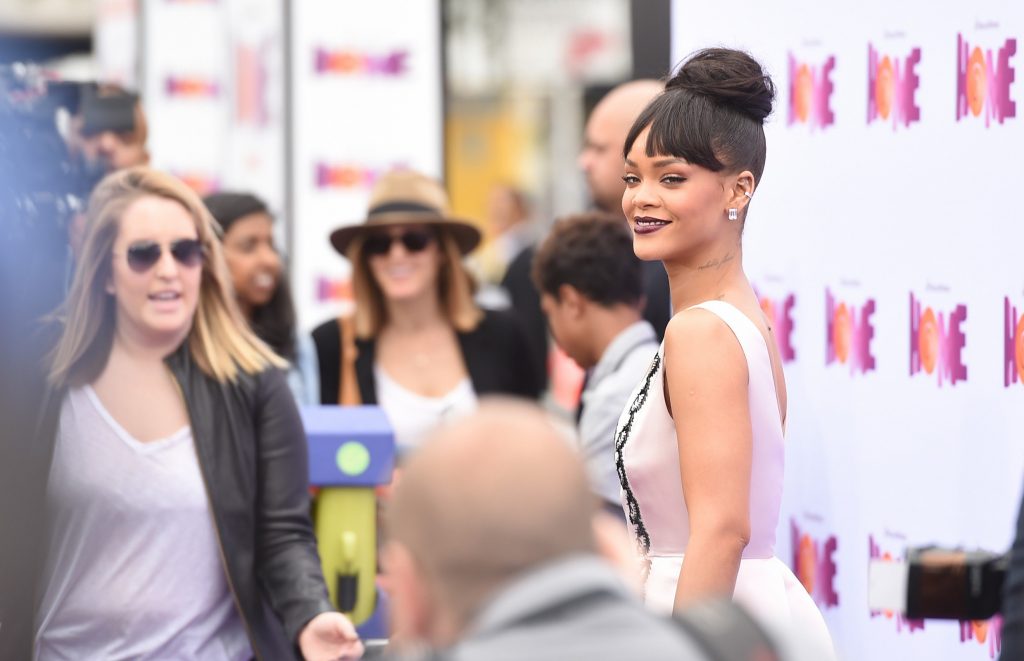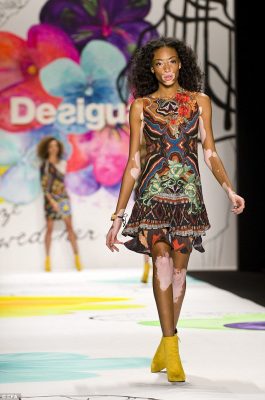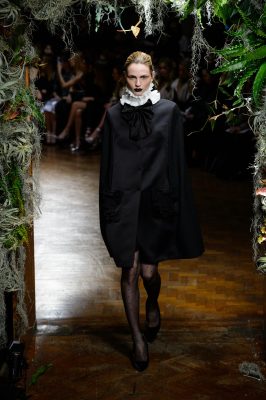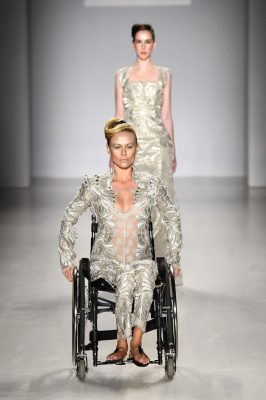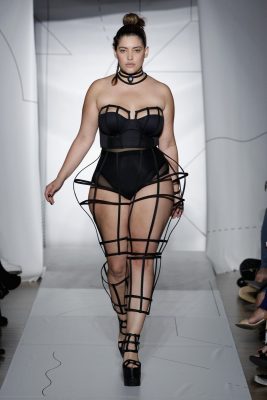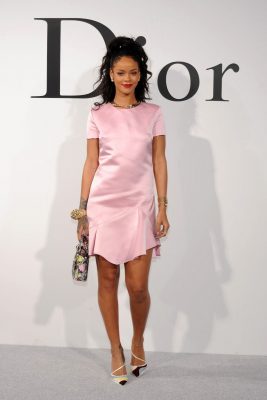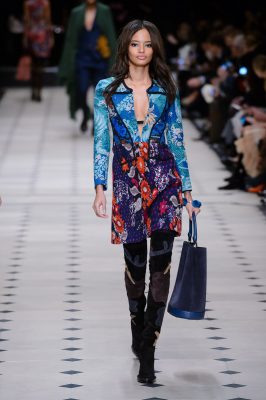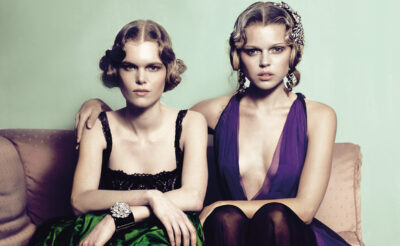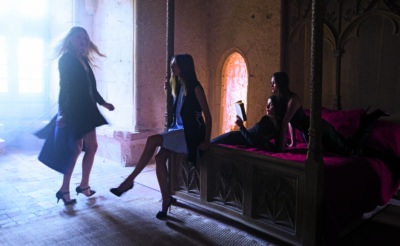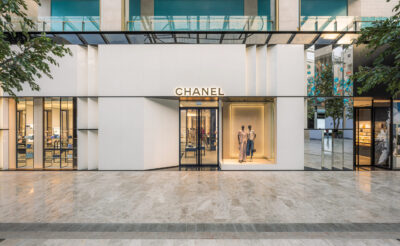By Jemma Walker
Fashion has long been an industry dominated by 32-23-34 white female models – a notion hugely scrutinized within an ever-changing society. However, there has been a change in the tide; the ever-eventful Fashion Week recently caused ripples for all the right reasons… and we’re not talking about the clothes.
Diversity on the runway isn’t just about race; it’s about size, gender, sexuality, ethnicity and the incorporation of ‘the real life’ that goes far beyond the stereotype. And we’re happy to say that there are a selection of models ripping up the rule book and walking over it in their Burberry, Louis Vuitton and Diesel ensembles.
The first, and perhaps most prescient name is Winnie Harlow, a Canadian model who shot to fame on America’s Top Model. Although her resume isn’t dissimilar to that of other emerging models, this young woman has the skin condition vitiligo, a life-long condition that causes white patches to appear on the skin. Attempting to “change the face of fashion one campaign at a time”, the 19-year-old beauty is already featuring in Diesel and Desigual campaigns (while walking for the latter at NYFW). Women are opening their minds and embracing what was once seen as unacceptable, thereby welcoming a new age of beauty that’s sure to engage the next generation.
Another brave model taking a stand (literally) for diversity is transgender beauty Andreja Pejić, who made her runway debut at the LFW Giles show. Then there’s the disabled models, including many from London-based Models of Diversity, who at NYFW’s FTL Moda’s show proved to the world that they’re just as capable of rocking the runway. In terms of shape, size-14 Denise Bidot has successfully been reiterating that beauty comes in all guises, a message which – you can’t deny – is a refreshing change. And it’s not just an injection of freedom for the models. Fashion houses are taking the plunge too by casting (what’s still sadly seen as) ‘unconventional’ models, thereby receiving celebrated social plaudits and no doubt reaping rewards.
We all know that race has always been a sensitive topic within the fashion world. However, this year one of the biggest stars of Fashion Week (a face that could even challenge the all-conquering Kendall Jenner) was Malaika Firth, the Kenyan-born British model who – over what must have been the busiest month of her life – took to the runway for a staggering 11 fashion brands.
But was all this diversity just a flashy media stunt surrounding a typically frenetic Fashion Week? Thankfully not. Post-Fashion Week has seen another historical move for diversity, when Rihanna was named the first black woman to be cast as the face of a Dior campaign, a prevailing moment for the fashion house which, in 2013, was heavily criticised for its flurry of white models. The upgrade from FROW to campaign star is a well-deserved one for the new Dior muse and could be the first step towards racial equality in high end fashion advertising.
Of course, it goes without saying that all of these women are beautiful in their own way, but they stand for so much more than their physical appearances. They are representing the seismic shift in social attitudes, and we hope it’s one fashion trend that continues to evolve and grow.

